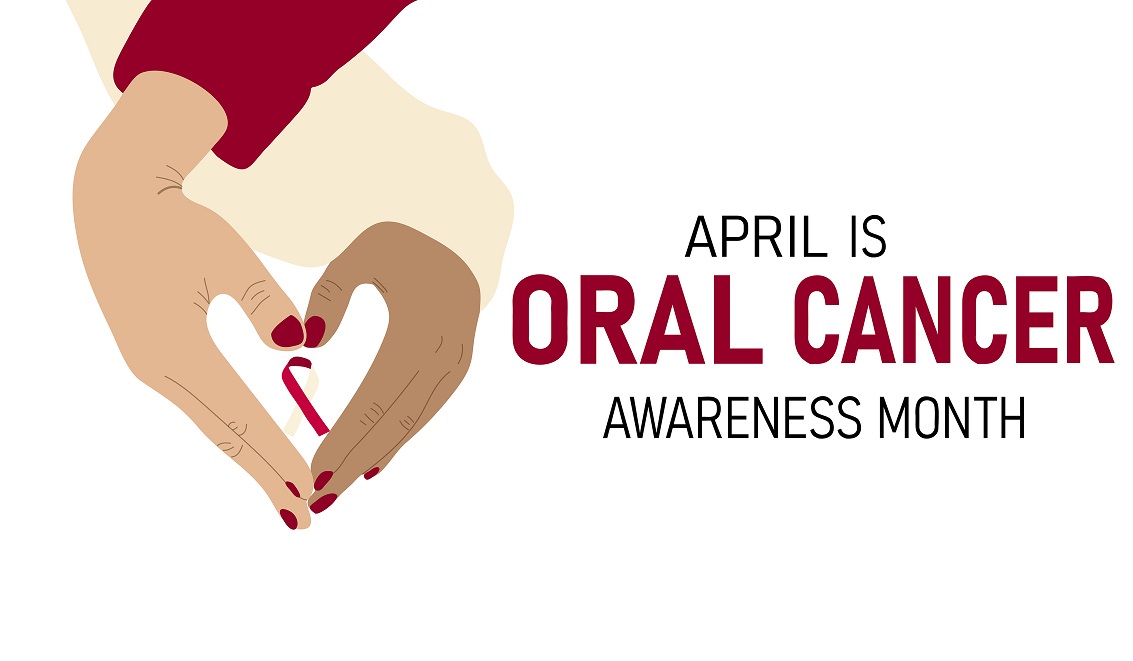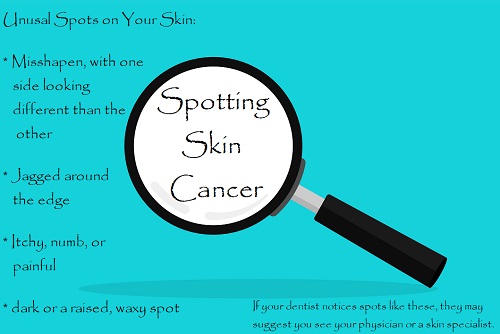
Head and Neck Cancer
Head and neck cancer is common. Luckily, chances of survival are good if it is treated before it spreads to other parts of the body.
Head and neck cancer can affect areas in and around the mouth, such as:
- lips, face and neck
- inside the cheeks
- front of or under the tongue
- back and base of the tongue
- soft part of the roof of the mouth
- tonsils
What Puts Me At Risk?
Several factors put you at risk of developing head or neck cancer. Some risks you cannot control, like age and sex. These cancers are more common after the age of 35 years and are twice as likely to develop in men as women.
Infection with the human papillomavirus also increases your risk. Children under 12 years or younger can become infected with human papillomavirus but may not develop cancer until middle age. For this reason, it is recommended that children as young as 9 years old receive the human papillomavirus vaccination.
Risk factors that you can control include tobacco use or heavy drinking of alcohol (that is greater than or equal to 4 drinks per day). This risk increases with use of tobacco and alcohol together. A poor diet, low in fruits and vegetables, also increases cancer risk.
You can also get cancer outside the mouth. Spending too much time in the sun can increase the risk of cancer on the neck, face, or lips.
Signs of Head and Neck Cancer
Your dentist may be able to spot early signs of cancer in and around the mouth or on the skin. Some of the signs of mouth and throat cancer include:
- red or white patches in your mouth that will not go away
- trouble swallowing, speaking, chewing, or moving the tongue or jaw
- pain or numbness n the lips or in the mouth
- rough or crusty spots on your lips
- cough, sore throat, or hoarseness that will not go away
Be sure to visit your dentist regularly, as they may help you identify the signs of head and neck cancer early.
Leave a reply →

